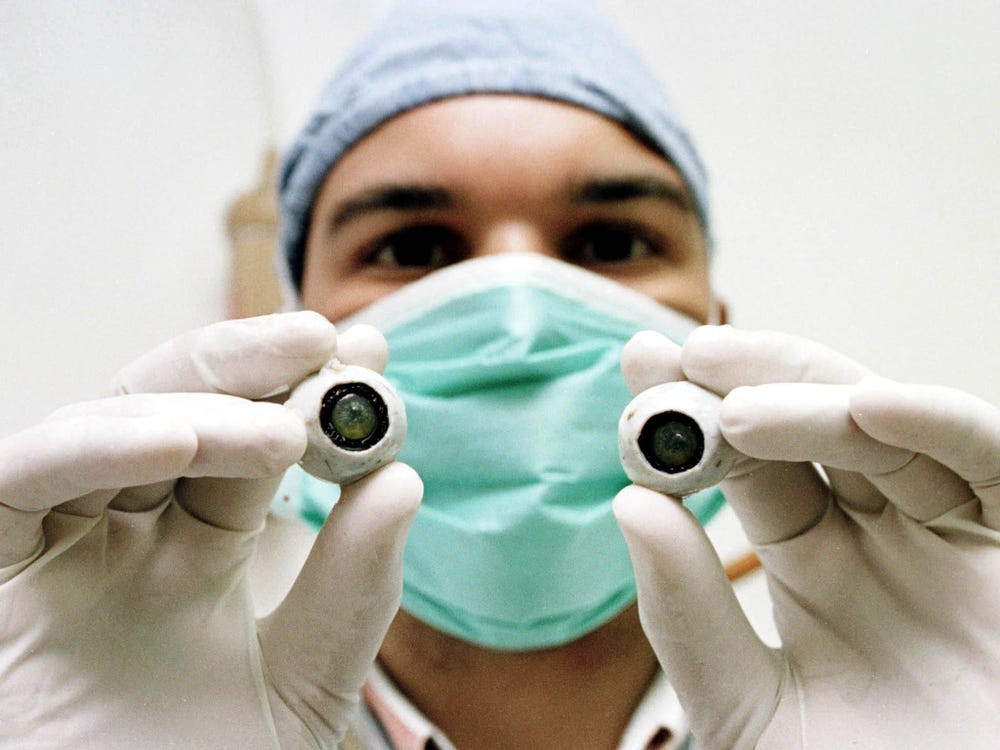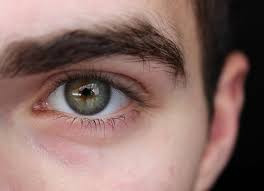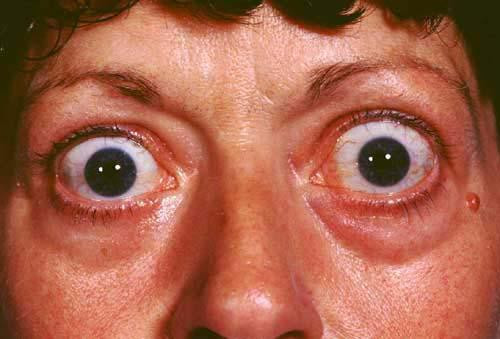Definition
Aphakia is a condition where a person lacks a lens in one or both eyes. This can be congenital (present at birth) or acquired (occurring after birth) due to injury or surgery. The term aphakia comes from Latin, meaning "without lens."
Causes
The human eye contains a lens, a transparent part behind the iris (the colored part of your eye), which functions like a camera lens, focusing images onto the retina for clear vision. Without a lens clear vision is difficult without the aid of glasses or contact lenses. The causes of aphakia range from genetic conditions to trauma or surgery.
Genetic causes
Although rare, some babies are born without a lens, known as congenital aphakia. This condition is often associated with other eye diseases. Primary congenital aphakia occurs when the lens fails to form during the third to fourth week of pregnancy. Secondary congenital aphakia happens when a formed lens does not persist until birth. Congenital aphakia is closely related to the mother's health during pregnancy, with genetic disorders and infections like rubella being potential causes.
Trauma
Aphakia can result from eye trauma or accidents. Blunt trauma may dislocate the lens, causing traumatic aphakia.
Cataract surgery
Cataracts are a condition in which the eye's lens becomes cloudy due to the accumulation of proteins in the central part of the lens. Normally, these proteins can be broken down, but as a person ages, they aggregate and cause the lens to lose clarity. A cloudy lens cannot properly focus images onto the retina, resulting in blurred vision. The primary treatment for cataracts is a surgical procedure called extraction. This procedure involves removing the lens from the eye and replacing it with an artificial lens.
In addition to affecting the elderly, cataracts can also occur in newborns. This condition is often associated with infections during pregnancy, such as rubella, toxoplasmosis, cytomegalovirus, HIV, and other conditions like hypoglycemia (low blood sugar) and the use of corticosteroids during pregnancy. Treatment for cataracts in babies is the same as in adults, which involves replacing the cloudy lens with an artificial one. This cataract treatment results in the child experiencing aphakia (absence of the natural lens).
Risk factor
Factors increasing the risk of aphakia include:
- Older age (related to cataracts)
- Eye trauma history
- Genetic factors
Symptoms
Symptoms of aphakia include:
- Difficulty seeing nearby objects, though distant objects may be visible
- Colors appearing more saturated or less vibrant
- Trouble focusing on objects
Diagnosis
An ophthalmologist diagnoses aphakia through a comprehensive eye examination. In congenital aphakia, prenatal ultrasound and genetic or chromosomal tests may also be used.
Management
Medical treatment
Surgery is the most effective treatment for aphakia in both children and adults. An ophthalmologist will insert an artificial lens made from materials like silicone, acrylic, or plastic, often with UV protection. The procedure differs for adults and infants. In adults, surgery involves removing the non-functional lens and replacing it with an artificial one, typically requiring local anesthesia and taking about an hour. In infants, surgery is performed before one month of age to ensure normal development, replacing the cataract-affected lens with an artificial one.
Children require special care as their eyes continue to grow, necessitating adjustments to contact lenses or glasses to prevent vision impairment, which could lead to amblyopia (lazy eye). New treatments are being developed, such as scleral fixated lenses, anterior chamber intraocular lenses, and iris-claw intraocular lenses.
Home care
- Use prescribed contact lenses or glasses.
- Wear sunglasses outdoors to avoid direct sunlight exposure.
- Maintain distance from direct light to improve vision between you and the light source.
- Use adjustable lighting to reduce glare.
- Utilize magnifying glasses for close-up work.
- Use a monocular telescope for distant objects.
- Provide visual stimuli for children.
Complications
Aphakia generally has good outcomes when managed with surgery and artificial lens implantation. Regular eye exams are essential, as untreated aphakia can lead to complications like:
- Glaucoma
- Retinal detachment, often a complication from eye surgery
- Vitreous detachment, where the vitreous layer in the eye detaches after surgery
Prevention
Preventing aphakia involves managing underlying conditions like cataracts, especially congenital cataracts, which can be avoided by preventing maternal infections during pregnancy. Pregnant women should have regular check-ups with their obstetrician. Individuals with aphakia should have regular eye pressure checks to detect glaucoma early.
When to see a doctor?
If you have aphakia or use artificial lenses and experience eye pain, sudden floaters, or frequent tripping due to peripheral vision loss, seek immediate medical attention at the nearest healthcare facility.
Looking for more information about other diseases? Click here!
- dr Ayu Munawaroh, MKK
What Is Aphakia?. (2021). Retrieved 31 October 2021, from https://www.verywellhealth.com/aphakia-overview-5113346.
Aphakia - Causes of Vision Loss (CA School for the Blind). (2021). Retrieved 31 October 2021, from https://www.csb-cde.ca.gov/resources/causesvl/cvl-aphakia.aspx.
Childhood cataracts. (2021). Retrieved 31 October 2021, from https://www.nhs.uk/conditions/childhood-cataracts/.
Baradaran-Rafii, A., Shirzadeh, E., Eslani, M., & Akbari, M. (2014). Optical correction of aphakia in children. Journal of ophthalmic & vision research, 9(1), 71–82.
Stuart A. Infant Aphakia: Putting study results into practice. (2017). AAO. Retrieved 31 October 2021 https://www.aao.org/eyenet/article/infant-aphakia-putting-study-results-into-practice.












